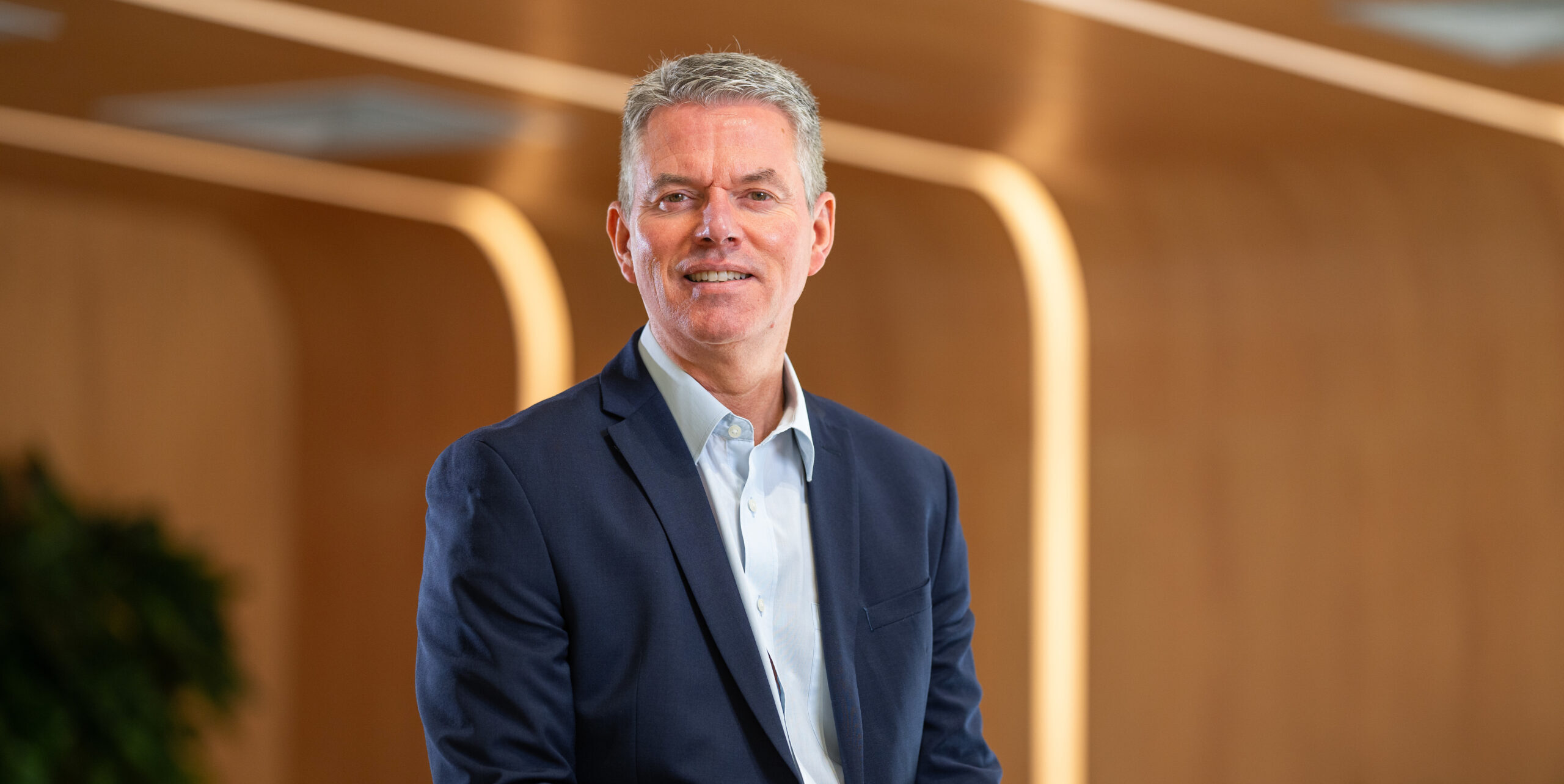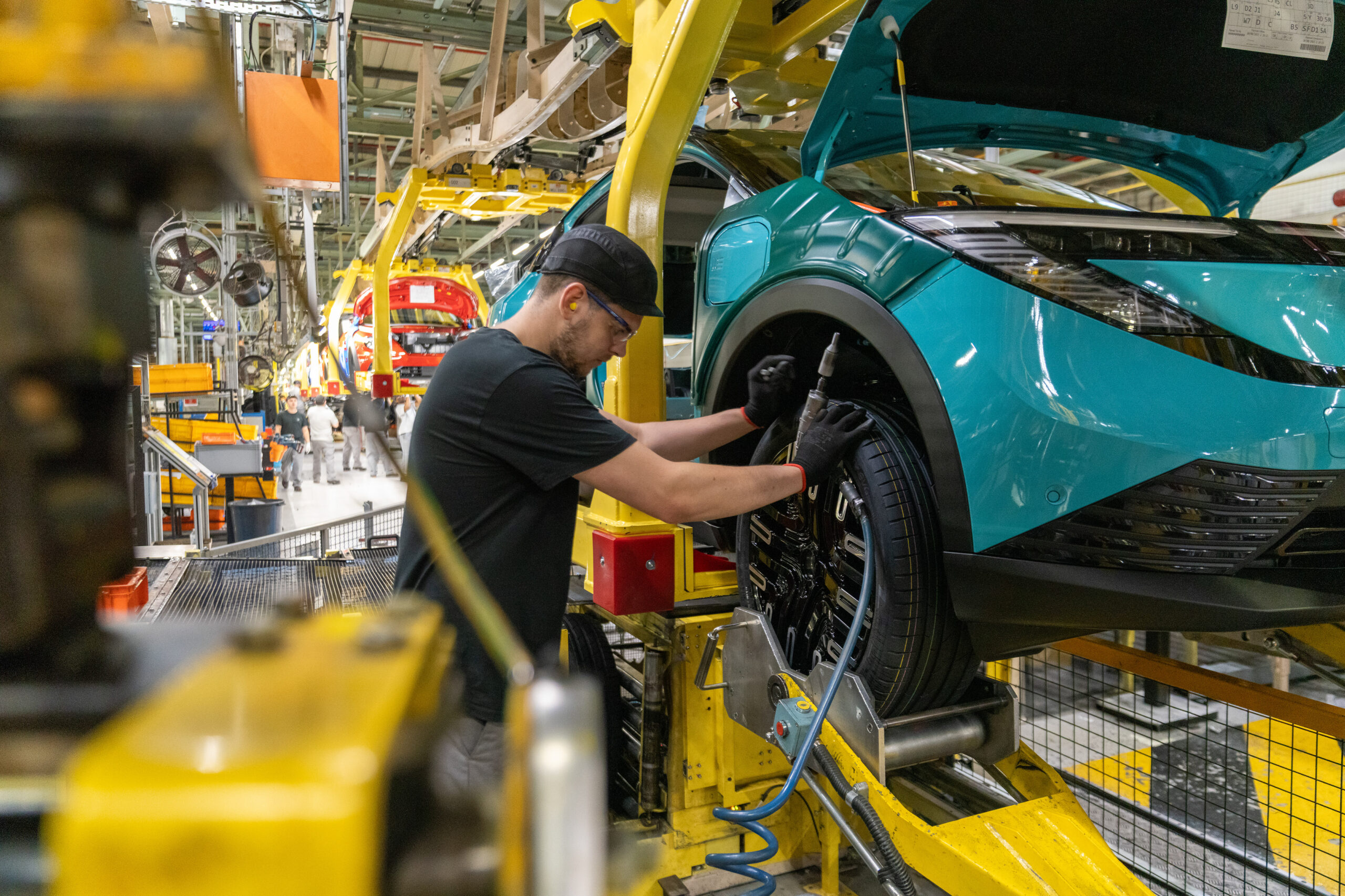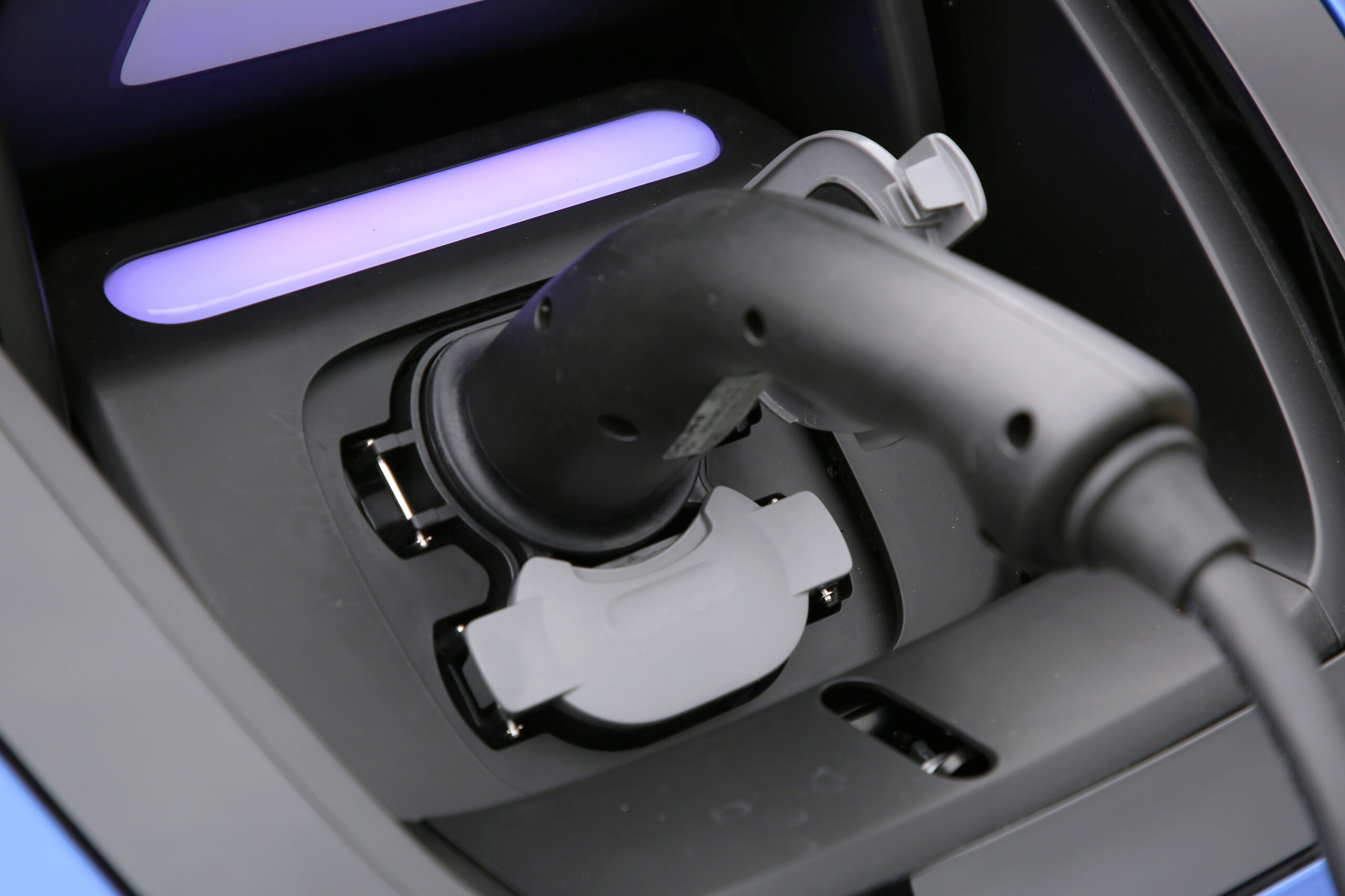
With regards to decarbonisation, what is the best route for the industry?
We’re aware that there is a climate crisis; it requires action, and a transformation of our energy system is needed. For us to achieve our global decarbonisation goals, we require the best of every technology in the application it is most suited for. This will involve everything from battery electric vehicles to alternative fuels, different types of fuels, and hydrogen.
With over a century of development and design expertise and capability in diesel fuel systems and gasolene/petrol fuel systems, PHINIA has the knowledge and experience to apply those skills moving toward the future – towards alternative fuels, whether liquefied or gaseous fuel. We will also work to improve the efficiencies of today’s systems while we build on our knowledge to move toward the future.
What is PHINIA’s attitude with regards to hydrogen combustion engines as a decarbonisation option?
We see hydrogen as a robust and viable technology that can help us in the transport industry move to decarbonisation. The hydrogen internal combustion engine is a great option for us to move forward – the advantages being rapid refuel capability, as well as similar power and performance characteristics to diesel. Additionally, this allows us to leverage the deep experience we have across the industry of decades and decades of optimisation of the internal combustion engine.
We can use the existing asset base, the equipment and even the service network to move towards carbon neutrality and, ultimately, to a carbon-free future using combustion engines with a fuel that has zero carbon.
Tell us about your carbon neutral van H2ICE?
We have helped develop a demonstration Hydrogen Internal Combustion Engine light commercial vehicle – H2ICE – which has similar driveability to a diesel.
We’ve done several endurance and durability tests over tens of thousands of kilometres where this vehicle has operated at full payload in adverse environmental conditions, between -4 degrees and normal operating temperatures, and it has shown excellent power and performance characteristics.
Describe how PHINIA’s technology is improving the efficiency of traditional fuel systems?
As one of the world’s leading suppliers and developers of gasoline direct injection (GDi) fuel injection systems, and having been first to market with 350 bar GDi, we have now developed a high efficiency 500+ bar solution. It is designed to minimise load on the engine valvetrain whilst delivering class leading performance.
PHINIA recently successfully supported an H2ICE conversion of a 1976 Jeep Cherokee – the first of its kind – by providing hydrogen injection components critical for the retrofit.
How will PHINIA help the push towards hydrogen power?
As we move to the future, we will continue to work with customers, industry partners and governments to move towards our global decarbonisation goals. The technology is ready – we’ve proved that through both lab testing and on-road durability testing. But we need green hydrogen production to increase, and we need the infrastructure to develop – and be able to deliver at the point of use.

Todd Anderson
CTO, PHINIA


